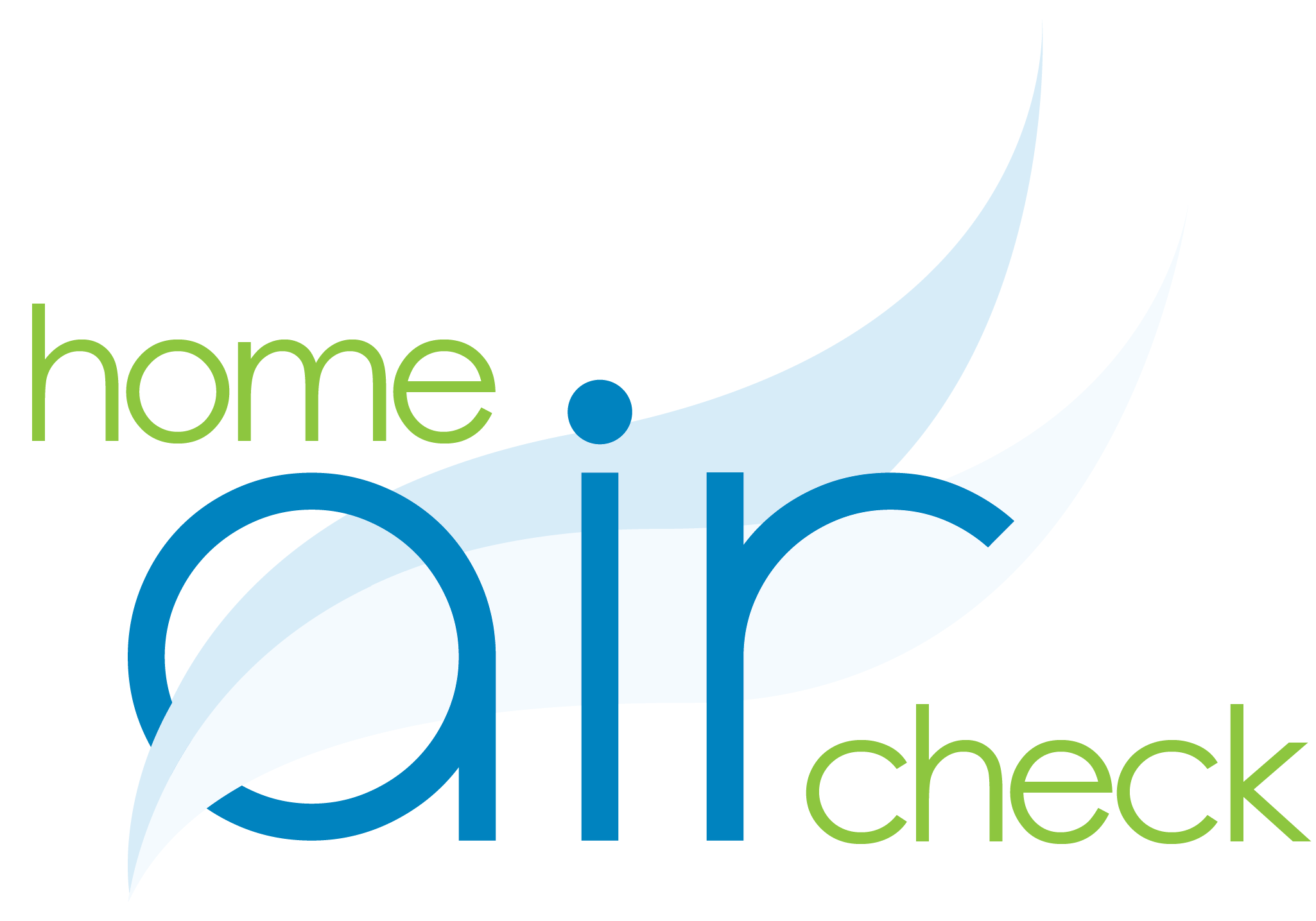Moving into a new home is an exciting milestone, but before you settle in and start making memories, it’s important to ensure your indoor air quality is safe for you and your loved ones. Many homeowners overlook the air they breathe, yet indoor air can contain a variety of pollutants that impact your health and comfort. Here are key reasons why testing your indoor air should be at the top of your move-in checklist.
Uncover Hidden Contaminants
Testing your air before buying your home can be a good idea, as it allows you to identify potential IAQ concerns early and make informed decisions before finalizing your purchase. It is a great idea to request this be done as a part of your home inspection. Even if your new home looks spotless, the air inside may contain pollutants that aren’t visible to the naked eye. Common indoor contaminants include volatile organic compounds (VOCs) from paint and building materials, mold spores, and formaldehyde from new furniture, cabinets, flooring, etc. Testing your new home’s indoor air can help identify these hidden issues so you can take action to mitigate them.
Address Mold and Moisture Issues
Mold thrives in damp environments, and even a home that appears dry could have hidden moisture problems. Testing for mold spores and mold volatile organic compounds (MVOCs) can help detect potential mold growth before it becomes a major issue. Identifying and addressing mold early can prevent respiratory problems, allergic reactions, and costly remediation down the road.
Check for Elevated Levels of VOCs
New homes or recently renovated properties often have elevated levels of VOCs, which are emitted from flooring, cabinetry, adhesives, cleaning products, etc. These chemicals can cause symptoms such as headaches or dizziness, along with the possibility of long-term health concerns. An indoor air test will measure VOC levels and help you determine if additional ventilation or air purification is needed.
Ensure a Healthy Environment for Your Family
Poor IAQ can trigger asthma, allergies, and other respiratory conditions, especially in young children, the elderly, and individuals with pre-existing health conditions. Pollutants like dust mites, pet dander, mold spores, and chemical irritants can aggravate symptoms and make it difficult to breathe comfortably indoors. Long-term exposure to poor air quality can even contribute to chronic health issues. By testing your indoor air, you can identify these hazards early and take proactive measures, such as installing air purifiers, improving ventilation, and using non-toxic cleaning products. Creating a healthy environment is essential for overall well-being, allowing your family to thrive in your new home.
Protect Your Investment
Your home is one of your biggest investments, and poor indoor air quality can lead to long-term damage, such as mold growth, structural issues, and persistent odors. Excess moisture and undetected pollutants can deteriorate building materials, causing costly repairs and reducing the value of your property over time. Additionally, poor IAQ can contribute to lingering smells from chemicals, smoke, or pet dander that make your home less inviting. Identifying and addressing IAQ concerns early on can save you money on future repairs, maintain your home’s value, and provide a healthier, more comfortable living environment.
Take Action: Test Before You Settle In
Before you unpack and decorate, consider conducting an indoor air quality test. Whether you use a professional service or a trusted home air test kit like Home Air Check, understanding your home’s air quality can give you peace of mind and help you create a healthier environment from day one. Investing in an air quality test when you move in is a simple yet powerful step toward ensuring a safe and comfortable home. Don’t let invisible pollutants compromise your indoor air—breathe better, live healthier, and enjoy your new space with confidence!
Interested in your Indoor Air Quality? Click Here to Learn more!


